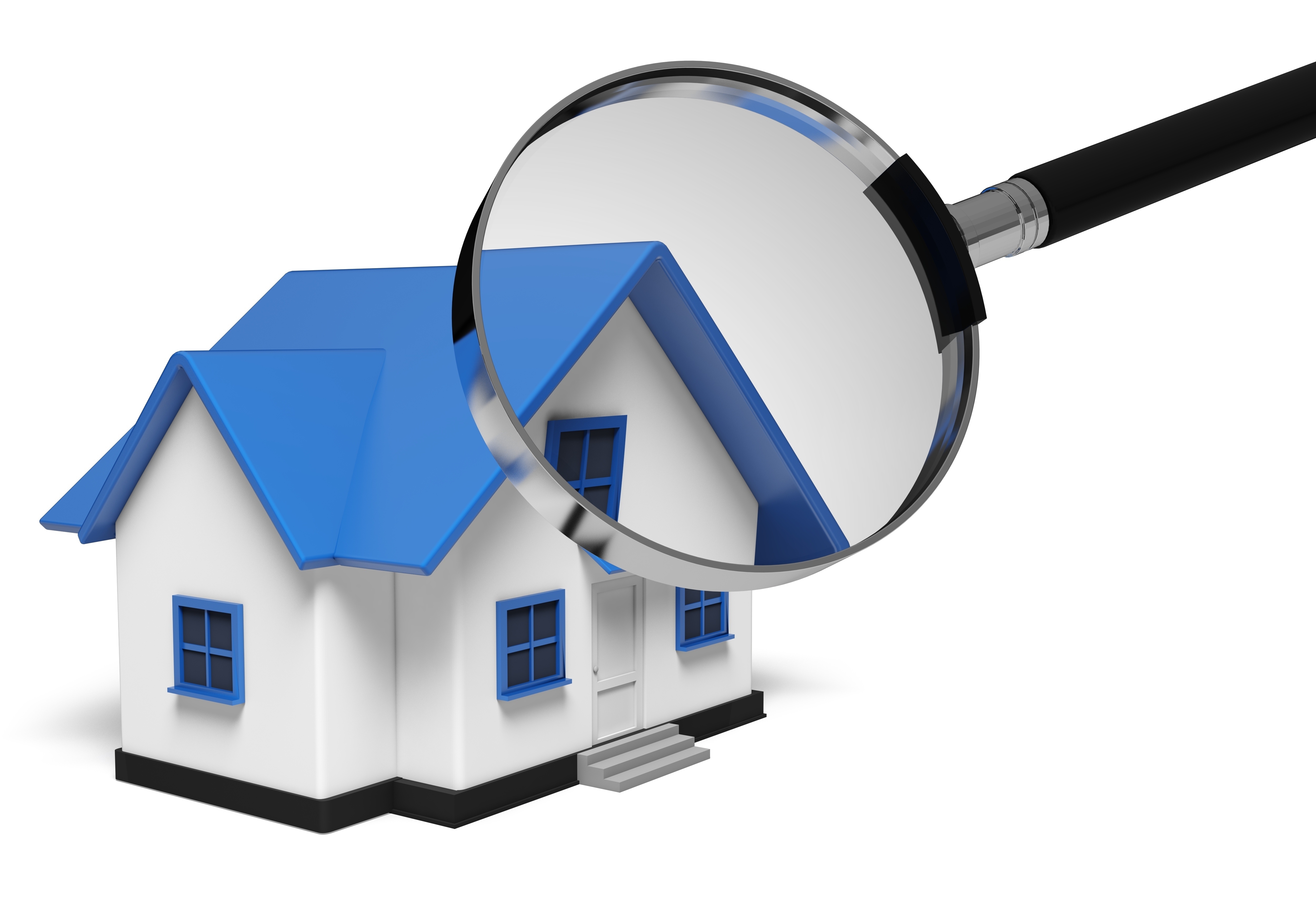
A Description of the Appraisal ProcessTheir home's purchase can be the biggest financial decision some of us could ever encounter. It doesn't matter if a main residence, a seasonal vacation property or an investment, purchasing real property is a complex transaction that requires multiple parties to see it through. You're likely to be familiar with the parties having a role in the transaction. The most familiar person in the transaction is the real estate agent. Next, the mortgage company provides the financial capital required to fund the exchange. The title company ensures that all aspects of the exchange are completed and that a clear title transfers from the seller to the buyer. So, who's responsible for making sure the value of the property is consistent with the amount being paid? In comes the appraiser. We provide an unbiased opinion of what a buyer might expect to pay — or a seller receive — for a property, where both buyer and seller are informed parties. A licensed, certified, professional appraiser from Pierce Appraising will ensure, you as an interested party, are informed. The inspection is where an appraisal beginsOur first duty at Pierce Appraising is to inspect the property to determine its true status. We must see aspects of the property hands on, such as the number of bedrooms and bathrooms, the location, amenities, etc., to ensure they indeed exist and are in the condition a reasonable buyer would expect them to be. The inspection often includes a sketch of the property, ensuring the square footage is proper and illustrating the layout of the property. Most importantly, the appraiser identifies any obvious amenities - or defects - that would have an impact on the value of the property. Back at the office, we use two or three approaches to determining the value of the property: sales comparison and, in the case of a rental property, an income approach. 
Cost ApproachHere, we pull information on local building costs, labor rates and other elements to figure out how much it would cost to build a property nearly identical to the one being appraised. This value usually sets the maximum on what a property would sell for. The cost approach is also the least used predictor of value. 
Sales ComparisonAppraisers are intimately familiar with the communities in which they work. They thoroughly understand the value of certain features to the people of that area. Then, the appraiser researches recent transactions in close proximity to the subject and finds properties which are 'comparable' to the property in question. Using knowledge of the value of certain items such as square footage, additional bathrooms, hardwood floors, fireplaces or view lots (just to name a few), we add or subtract from each comparable's sales price so that they are more accurately in line with the features of subject.
An opinion of what the subject could sell for can only be determined once all differences between the comps and the subject have been evaluated. At Pierce Appraising, we are an authority when it comes to knowing the worth of particular items in Beaumont and Jefferson County neighborhoods. This approach to value is most often given the most consideration when an appraisal is for a real estate exchange. Valuation Using the Income ApproachA third method of valuing real estate is sometimes used when a neighborhood has a measurable number of rental properties. In this case, the amount of income the property yields is taken into consideration along with other rents in the area for comparable properties to give an indicator of the current value. Coming Up With The Final ValueCombining information from all applicable approaches, the appraiser is then ready to put down an estimated market value for the property in question. The estimate of value on the appraisal report is not always what's being paid for the property even though it is likely the best indication of what a property is worth. Depending on the individual circumstances of the buyer or seller, their level of urgency or a buyer's desire for that exact property, the closing price of a home can always be driven up or down.But the appraised value is often employed as a guideline for lenders who don't want to loan a buyer more money than the property is actually worth. The bottom line is, an appraiser from Pierce Appraising will guarantee you attain the most fair and balanced property value, so you can make wise real estate decisions. |